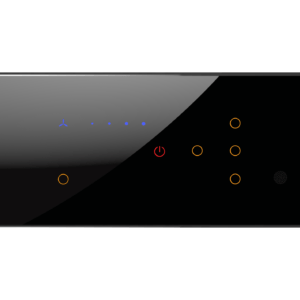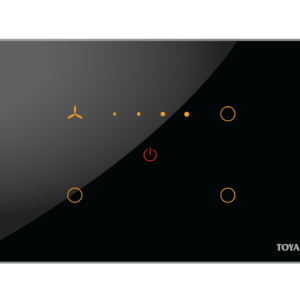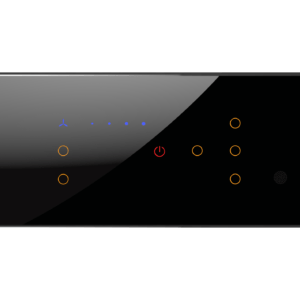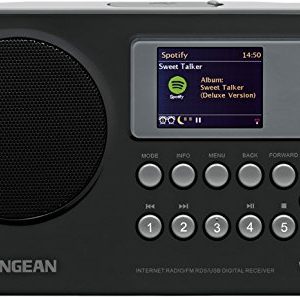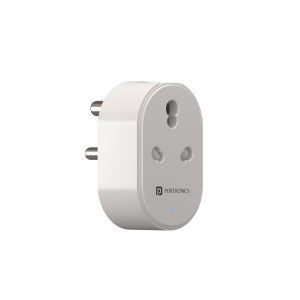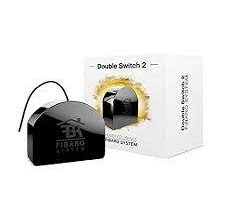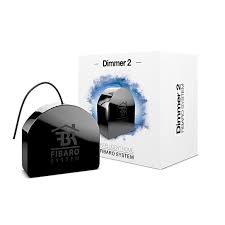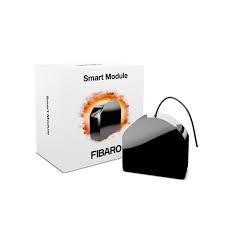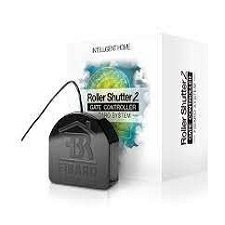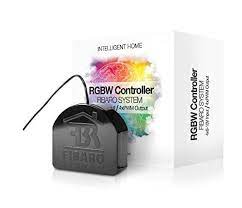No products in the cart.
Next-generation Wi-Fi smart home devices may have a range of more than one kilometre Leave a comment
Wi-Fi HaLow, a new feature, permits low-energy transmissions for things like sensors and security cameras, and it promises a significant increase in range. The Wi-Fi Alliance announced Tuesday approval for Wi-Fi HaLow, a new feature that permits long-range, low-energy Wi-Fi transmissions on the sub-1GHz frequency, with a promise of a wall-penetrating range of more than 1 kilometer. The feature is intended squarely at smart home devices, with the number of cloud-connected devices worldwide expected to exceed 30 billion by 2025 – more than double the 13.8 billion Internet of Things devices already in use.
That’s good news for smart home sensors, security cameras, and industrial or agricultural IoT gadgetry, according to Wi-Fi Alliance president and CEO Edgar Figueroa, and it’s also good news for Wi-Fi, especially as new standards like Amazon Sidewalk and Matter try to gain traction in the smart home category.
The claims of Wi-Fi HaLow’s longer range and reduced power consumption originate from the fact that it emits signals at frequencies below 1GHz, which is substantially lower than the 2.4 and 5GHz bands used by most household Wi-Fi networks. While higher frequencies are better for transporting large amounts of data, lower frequencies have far better range, making the sub-1GHz band appear to be a good fit for sensors and other devices that may need to convey little pieces of data across a Wi-Fi network over long distances.


